Snake plants (Sansevieria trifasciata) are popular for their sleek, upright leaves and hardy nature. They are easy to care for and can thrive in a variety of indoor environments, making them a versatile choice for any home. To help your snake plant flourish and to maximize its aesthetic appeal, it's important to place it in the right location. In this article, we'll explore the best locations for snake plants in your home and offer tips on how to care for them in each spot.

1. Living Room
The living room is often the heart of the home, and a snake plant can enhance its ambiance beautifully. Here’s why the living room is a great spot:
- Air Purification: Snake plants are known for their ability to purify the air by removing toxins such as formaldehyde and benzene. Placing a snake plant in your living room can help improve indoor air quality.
- Aesthetic Appeal: The tall, upright leaves of a snake plant can add a touch of modern elegance to your living space. They can be used as a statement piece or to complement other decor elements.
- Low Light Tolerance: Snake plants can thrive in low to moderate light, making them suitable for living rooms that may not receive direct sunlight.
Care Tips:
- Water the plant every 2-3 weeks, allowing the soil to dry out completely between waterings.
- Keep the plant away from direct drafts from doors and windows to prevent temperature stress.
Also Read- Creating A Snake Plant Care Routine: Tips For Busy People
2. Bedroom
Snake plants are an excellent addition to the bedroom for several reasons:
- Nighttime Oxygen Production: Unlike most plants, snake plants release oxygen at night, which can improve air quality while you sleep.
- Low Maintenance: They require minimal care, making them ideal for a relaxing, low-stress bedroom environment.
Care Tips:
- Place the snake plant near a window with indirect sunlight. They can tolerate low light but will thrive in bright, indirect light.
- Avoid overwatering; once every 3-4 weeks is usually sufficient in a bedroom setting.
Also Read- Green Medicine: How Snake Plants Can Improve Your Health Naturally
Bathrooms can be challenging environments for plants due to high humidity and fluctuating temperatures, but snake plants can thrive here:
- Humidity Tolerance: Snake plants can handle the high humidity levels typical of bathrooms, which can even be beneficial for their growth.
- Space Efficiency: They come in various sizes, so you can find a small snake plant for a countertop or a larger one for the floor.
Care Tips:
- Ensure the pot has good drainage to prevent root rot from excess moisture.
- Water less frequently since bathrooms are typically more humid.
4. Kitchen
The kitchen is another great spot for a snake plant:
- Air Purification: They can help purify the air from cooking fumes and other pollutants.
- Compact Options: Smaller varieties can fit perfectly on countertops or windowsills.
Care Tips:
- Place the plant in a spot where it gets some indirect sunlight, like a windowsill.
- Be cautious with water spills and ensure the soil doesn’t stay too wet.
5. Home Office
If you work from home, adding a snake plant to your office can be beneficial:
- Stress Reduction: Plants are known to reduce stress and increase productivity, making them perfect for a workspace.
- Air Quality: Better air quality can lead to improved concentration and overall well-being.
Care Tips:
- Keep the plant in indirect light; they do well near a window with filtered light.
- Water every 2-3 weeks, adjusting based on the room’s temperature and humidity.
6. Hallway or Entryway
Hallways and entryways can be difficult places for plants due to low light and temperature fluctuations, but snake plants are well-suited for these areas:
- Low Light Tolerance: They can survive in low light, which is common in hallways and entryways.
- Welcoming Aesthetic: A snake plant can create a welcoming atmosphere for guests entering your home.
Care Tips:
- Water sparingly; these areas are often cooler and less humid, reducing the plant’s water needs.
- Rotate the plant occasionally to ensure even growth.
Also Read- Why Snake Plants Are The Perfect Choice For Urban Homes
General Care Tips for Snake Plants

Regardless of where you place your snake plant, some general care tips will help keep it healthy:
- Watering: Overwatering is the most common issue with snake plants. Allow the soil to dry out completely between waterings to prevent root rot.
- Light: Snake plants are versatile in terms of light needs but will thrive best in bright, indirect light. Avoid prolonged exposure to direct sunlight.
- Temperature: Keep snake plants in environments between 60-85°F (16-29°C). They do not tolerate frost, so avoid placing them in cold drafts.
- Soil: Use well-draining soil, such as a cactus or succulent mix, to prevent waterlogging.
Conclusion
Snake plants are incredibly versatile and can thrive in various locations throughout your home. Whether in the living room, bedroom, bathroom, kitchen, home office, or hallway, these hardy plants can enhance your space with minimal effort. By understanding the specific needs of your snake plant and providing the right care, you can enjoy the many benefits these plants offer, from air purification to aesthetic appeal.
With their low maintenance requirements and ability to adapt to different environments, snake plants are an excellent choice for any busy household.


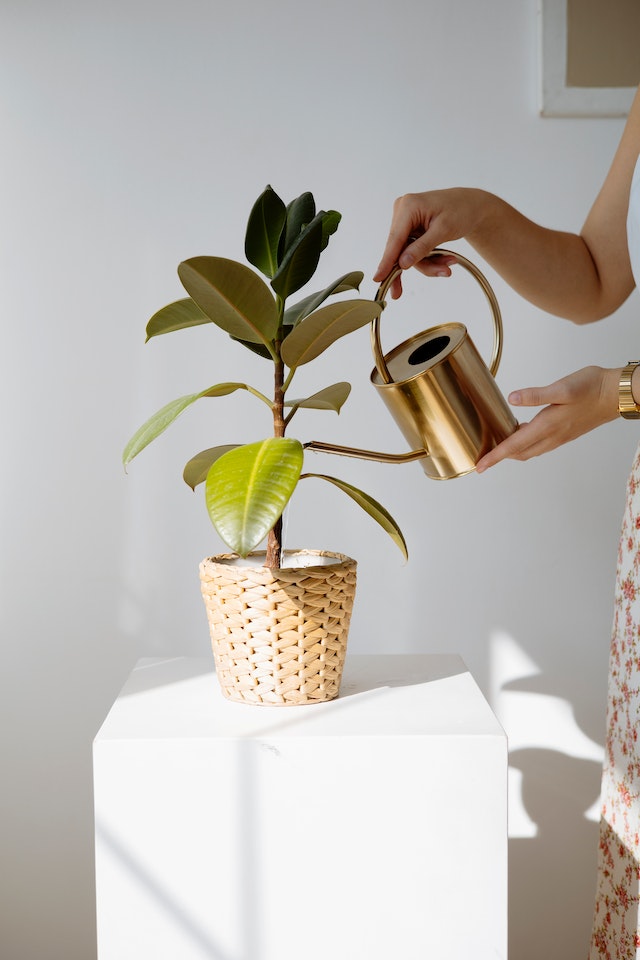

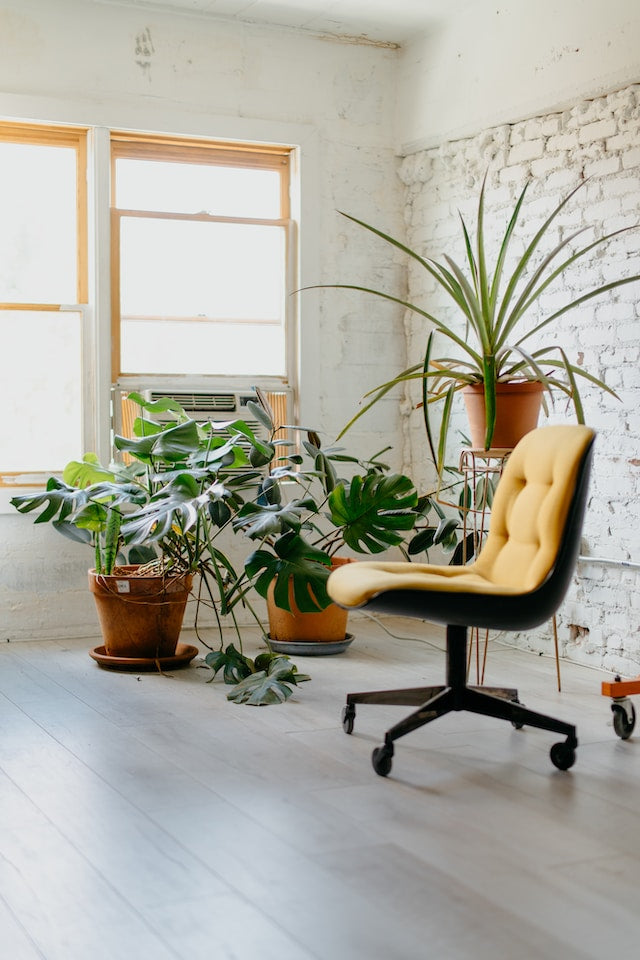
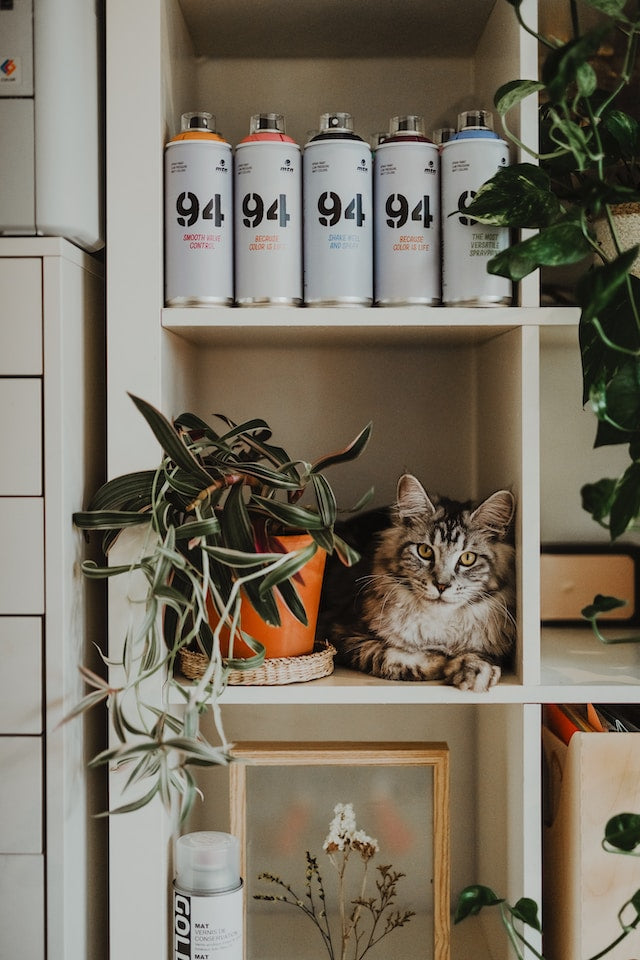
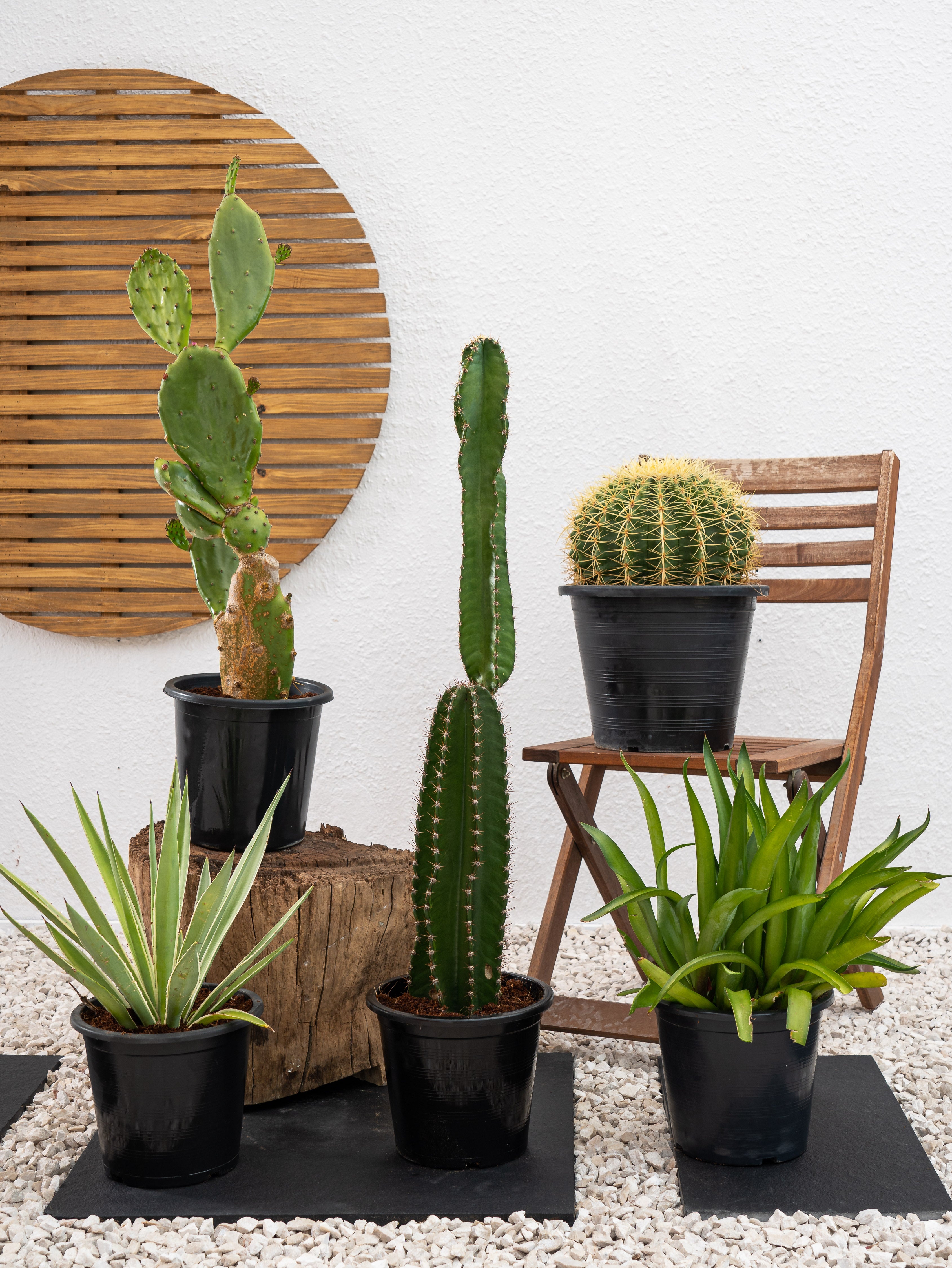
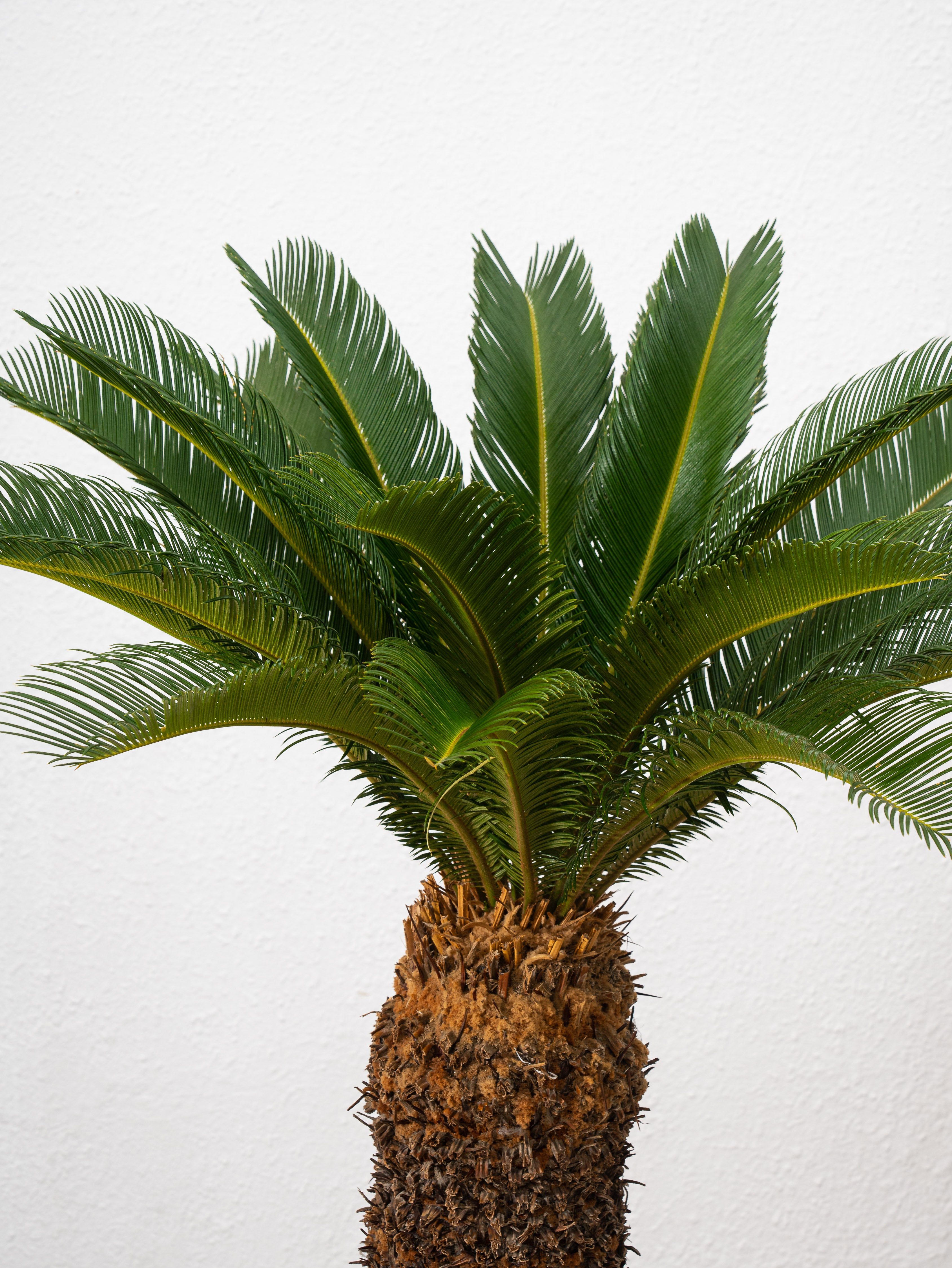

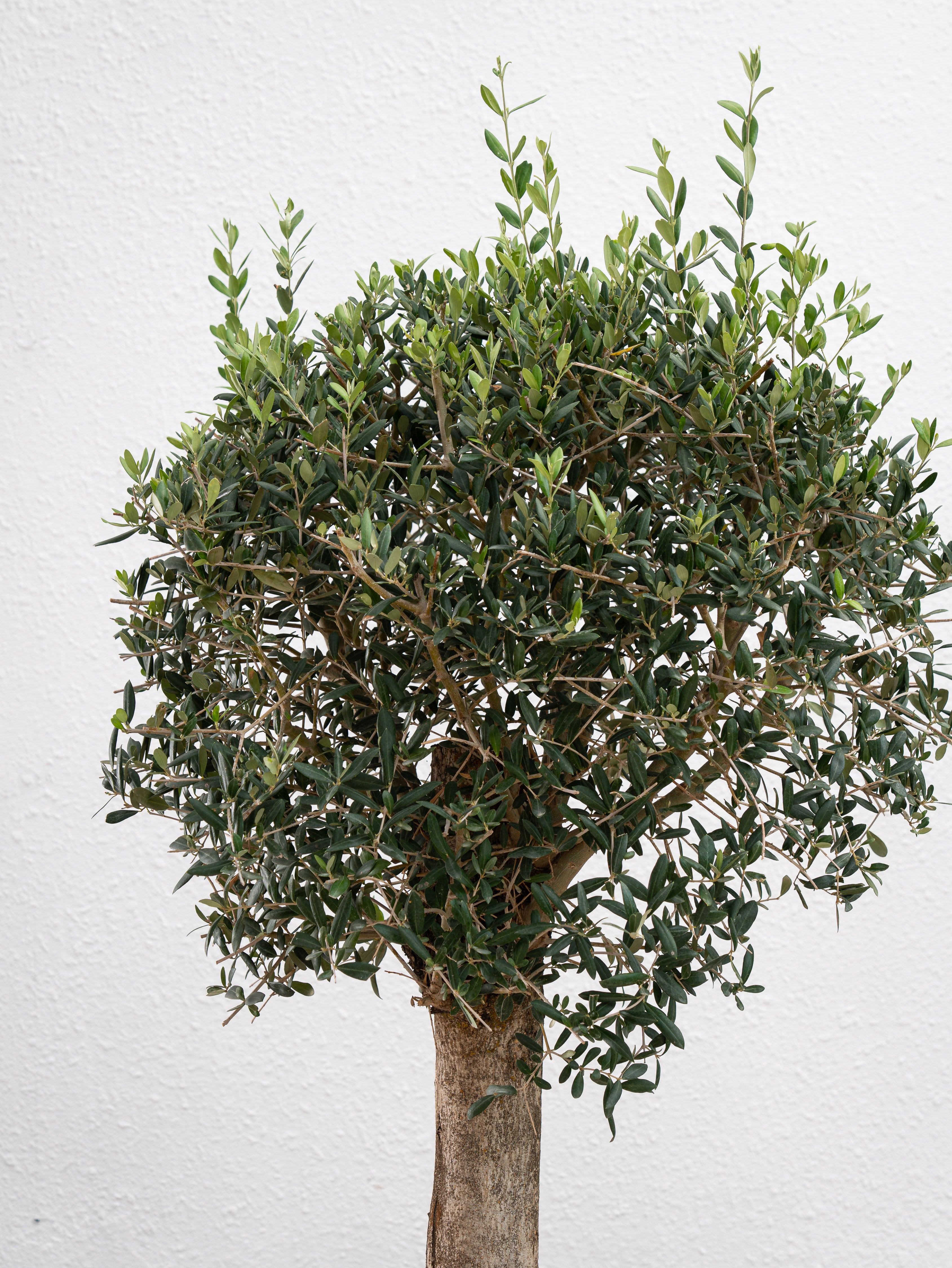
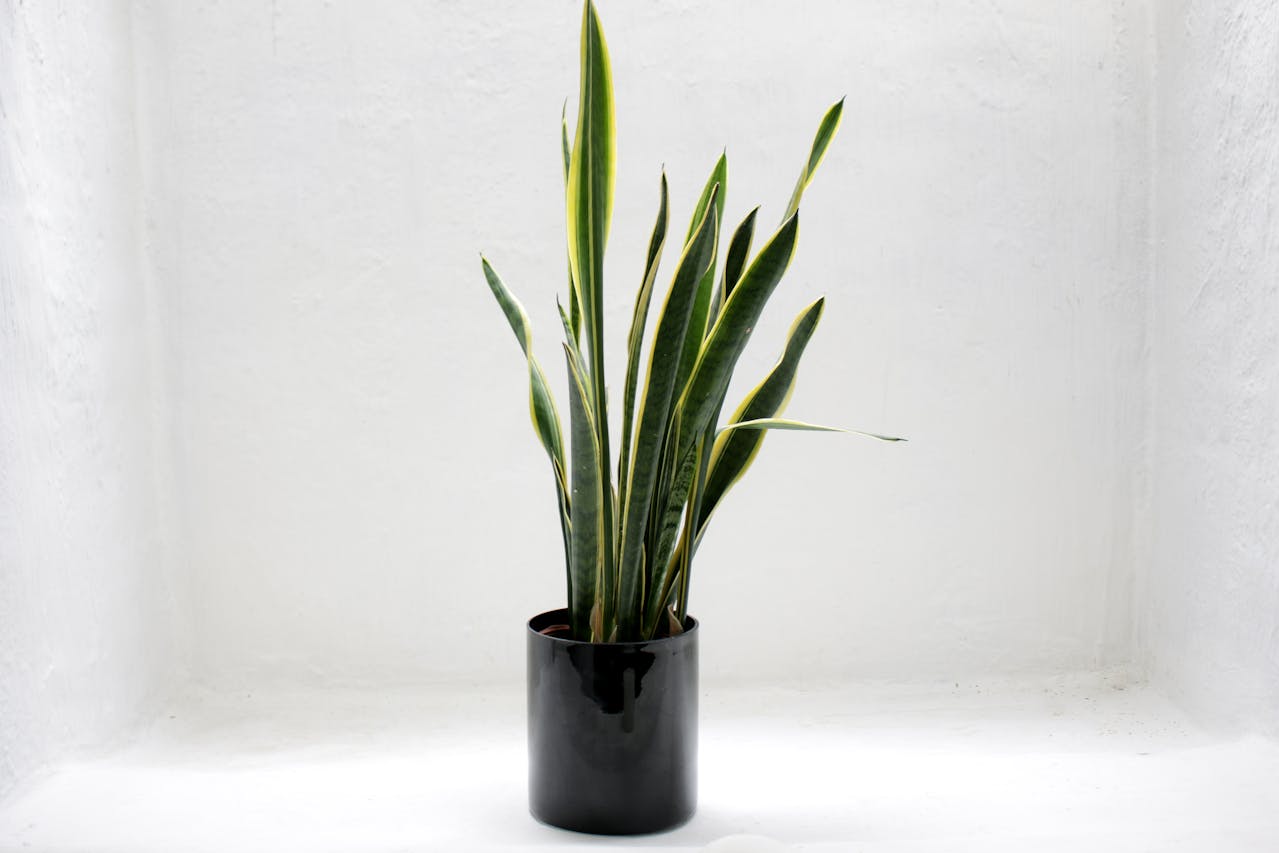


Leave a comment
This site is protected by hCaptcha and the hCaptcha Privacy Policy and Terms of Service apply.